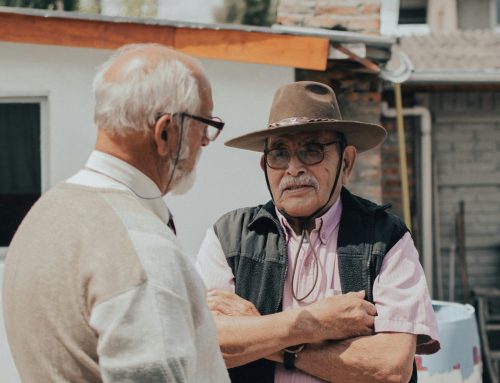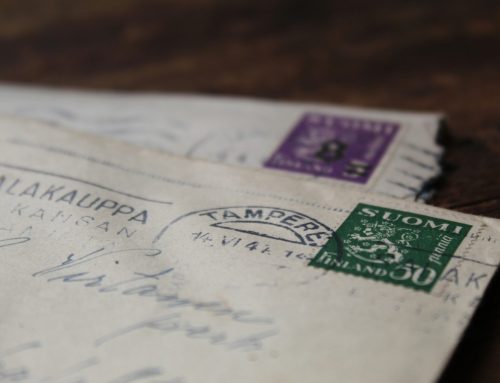Television in the 1950s became a growing phenomenon that shaped American culture. But the medium had been around for years before it started to take off.
Televisions made their way into U.S. homes starting in 1939. Through the 1940s, Americans had the three networks, and all programming originated in New York.
But that began to change as more sets made their way into consumers’ homes. According to Encyclopedia.com, the number of TVs sold skyrocketed in just a few short years, following World War II. Here’s a breakdown:
- 1946 – 7,000 TVs
- 1948 – 172,000 TVs
- 1950 – 5 million
Through the 1950s, the US went from 20 percent of homes having a television to nearly 90 percent. The number of television stations, number of channels, and available programming all grew to meet the demand of a public.
Television in the 1950s: The Impact of Programming
Television sitcoms came to being in the 1950s and have been a dominant format of programming ever since. Shows like I Love Lucy and The Honeymooners contain timeless humor and still have an audience today.
Gameshows like The Price is Right launched in the 50s, setting the standard for that genre. The Today Show sets the standard for morning news programming. Children’s television programming also hit its stride with shows like The Mickey Mouse Club, Captain Kangaroo, and Leave It To Beaver.
These staple programs are a huge reason that television in the 1950s had such a significant cultural impact.
Television and Politics
Television in the 1950s had an impact on politics as well.
Politicians began to change the way they campaigned due to the impacts of television. Their appearance mattered more than ever, and speeches became shorter as politicians began to talk in sound bites. Edward R. Murrow made a name for himself in television news and helped to expose Joseph McCarthy for his anti-communism tactics.
In many ways, the limited television programming that appeared on these channels established the culture of the times and helped to shape our history. Many attributed John F. Kennedy’s win over Richard Nixon to the televised debates years later.
Television continues to play a crucial role in US culture, and it came to popularity in the 1950s.








